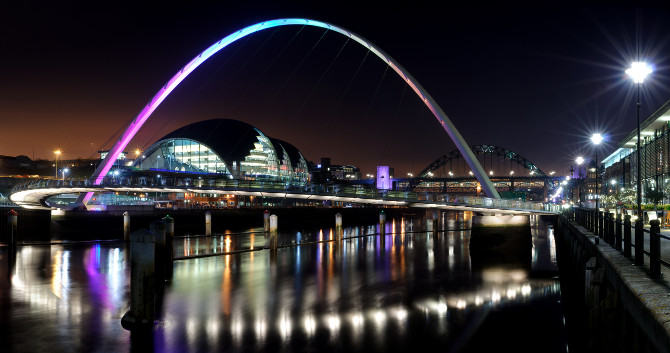A pub and leisure group which pumped more than a million pounds into rejuvenating Newcastle Quayside has unveiled a new scheme to transform an historic corner of the city.

The family-owned Ladhar Group’s investment in the Quayside involved the opening of the Hop and Cleaver and The Redhouse bars and helped generate dozens of jobs.
Now the company is ploughing £2.5m into a 15-year scheme to upgrade and revive Newcastle’s historic White Hart Yard — a 30,000sq ft Grade I property between Grey Street and the Cloth Market — into a wine bar, public house and gentleman’s club. The site earned its protected status because it is one of the city’s few surviving coaching yards.
Inspired by the destination pop-up developments of London’s Shoreditch and Dalston, the scheme will be carried out in stages and eventually encompass five floors and at least nine different “venues”.
“White Hart Yard aims to be an aspirational and discerning all-day hangout showcasing a multi-venue experience of bars, food concepts and event spaces,” explained director, Barry Ladhar. “This will add a new and independent dimension to what is happening on Grey Street.
“Regular street stalls, pop-up cinema, guest chefs and masterclasses mixed with the best in food, drink, music and retail will make this a unique Newcastle experience,” he added.
Ladhar’s company has owned the property for 15 years, but has spent a long time working with city conservation and heritage teams, NE1 Ltd and Newcastle City Council to ensure its vision for the site dovetailed with conservation policy and regulations.
Stephen Patterson is director of communications at NE1 Ltd, the independent company set up to manage the Newcastle Business Improvement District. “It is exciting to witness this investment which is great news for the area including the Bigg Market which has been earmarked for further investment over the next few years,” he said.
“We have seen a huge growth in Newcastle’s licensed trade, especially in the mid to up-market sectors, much of which has happened around Grey Street, High Bridge and the Quayside.
“This development complements further the existing offer and creates more employment opportunities in the city centre,” Patterson added.
Through its ongoing consultations, the majority of planning consents have already been granted. Initial first stage work will start in January with the refurbished ground floor — featuring two bars, a beer garden and paved terrace — expected to open three months later.
At the request of conservationists, modern tarmac on the Grey Street entrance to the yard is being ripped up and the original cobbles beneath reinstated.
The second phase, concentrating on the upper floors, will not start until late next year or early 2016 and will include a 1,600sq ft rooftop bar with views across the city.
Previous Post
Shipping Line ACL Building New Liverpool Head Office